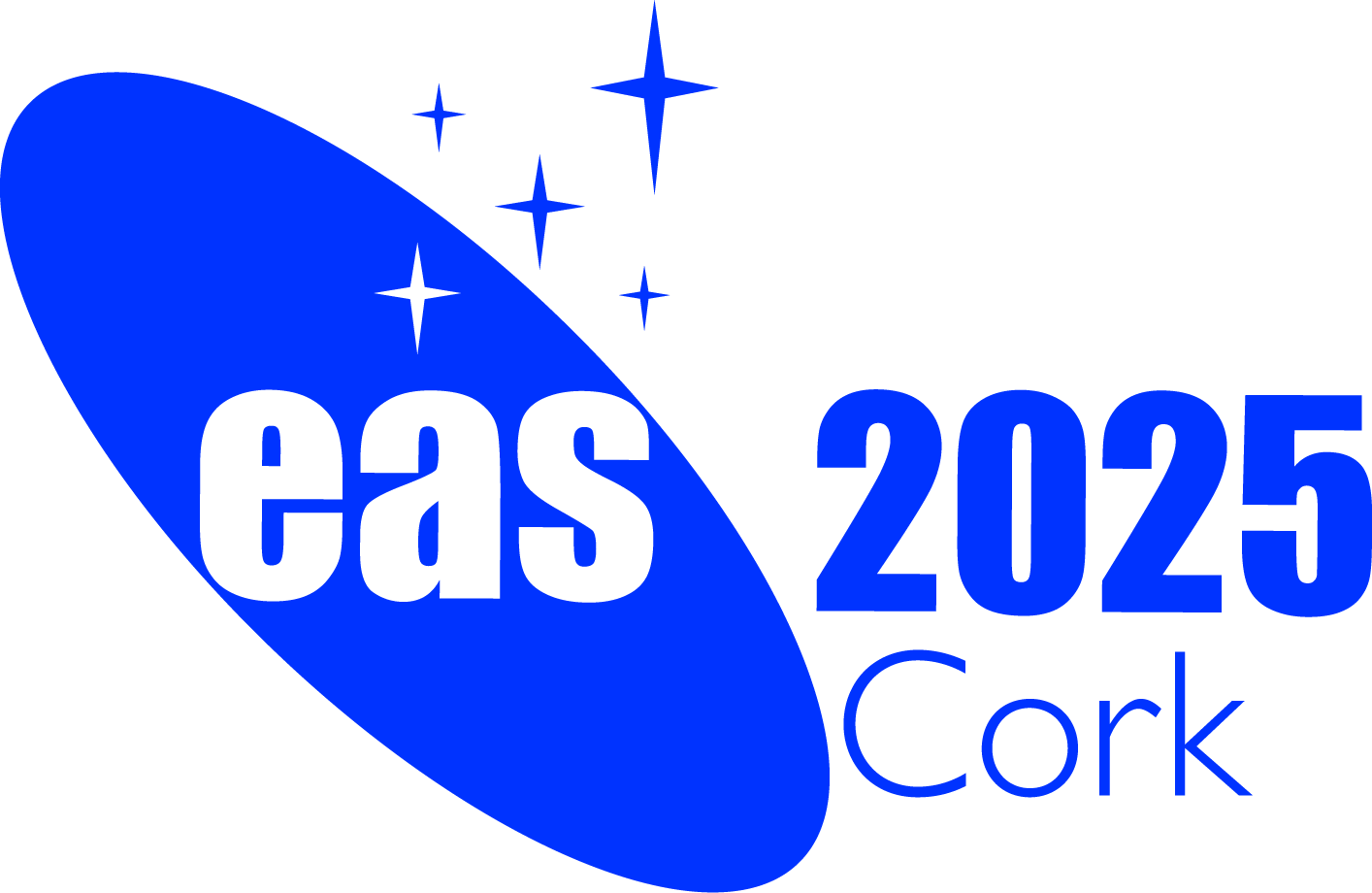Special Session SS37
25 June 2025
A multi-wavelength journey through the realm of high-mass X-ray binaries the missing link to compact mergers

News:
Registration for contributed talks is open! We strongly encourage early career researchers to apply. More information to be announced...
Aims and scope
HMXBs are unique laboratories that show diverse astrophysical phenomena from quiescence (dormant and low X-ray luminosity sources) to the most extreme X-ray luminosity (e.g., ultraluminous X-ray sources). These systems are special not only for harbouring compact stellar remnants (white dwarves, neutron stars and black holes) that display different accretion regimes from their donor stars through winds or disks, but also for being sources of intense ionising light for their interstellar surroundings through strong outflows. Moreover, since the detection of events involving the merger of binary compact objects, HMXBs have gained more attention as all binaries containing compact objects must have gone through an HMXB stage. Therefore, this makes these systems essential pieces to understand the puzzle of binary evolution towards compact object mergers.
A clear understanding of the long-term binary evolution and accretion modelling, together with multi-wavelength studies through different techniques (e.g., spectral and timing analysis, spectroscopy, polarimetry), are essential for comprehending the interaction between the high-mass donor star and the compact object, and for unveiling the nature of such objects. In this vein, long-term space missions (e.g., XMM-Newton, Chandra, Swift, NuSTAR, and INTEGRAL, among others), currently new space telescopes (such as IXPE, XRISM, Einstein probe, SVOM and JWST), as well as ground-based telescopes (e.g., VLA, ALMA, SALT, GTC, Keck), play important roles in the studies of HMXBs. On the other hand, the development of more detailed binary population synthesis codes are essential not only for understanding how individual progenitor systems to GWs live and evolve, but also for obtaining the initial conditions required for explaining galactic populations.
In this proposed EAS symposium, we will gather observational and theoretical researchers from both the HMXBs and binary evolution communities to find answers to questions such as:
- How will multi-wavelength studies help us to place the different types of HMXBs in the context of binary evolution?
- How does a multi-wavelength approach characterise the different transient phenomena observed in these systems?
- What are the lessons learnt from Galactic HMXBs population synthesis studies and what are the differences with other galaxies?
- What are the properties of the HMXBs that produce compact object binaries and how does this impact our understanding of compact binary mergers inferred through the detection of GWs?
The SOC is committed to providing an inclusive and welcoming environment, therefore,
we will not tolerate any discriminatory behaviour related to age, colour, disability, gender, gender expression, gender identity, genetic information, nationality, race, ethnicity, religion, sex or sexual orientation.
Programme
This Special Session is divided in 3 different blocks with a duration of 1.5 hours each. We aim to have 1 review talk, 4-5 contributed talks per block and flash presentations of posters.
This EAS Special Session SS37 aims to bridge the gap between both the high-mass X-ray binary (HMXB) and binary-star population synthesis to gravitational wave (GW) communities. We strive for establishing synergies and connect researchers from both communities to obtain a clearer and more comprehensive, state-of-the-art overview of the binary evolution stages. We will pay particular attention to the following fundamental topics:
- Extreme processes in massive binaries with a compact object.
- A holistic multiwavelength view of binary systems with a massive companion and compact object.
- Interaction and evolution of massive companions and compact objects in binaries to merging compact objects.
Invited speakers
- Prof. Philip Charles University of Southampton (UK)
- Prof. Maria Chernyakova Dublin City University (Ireland)
- ...
Scientific organisers
- Alicia Rouco Escorial [she/her] (Chair) ESA/ESAC (Spain)
- Antonio Martin-Carrillo [he/him] (co-Chair) University College Dublin (Ireland)
- Lara Sidoli [she/her] (co-Chair) INAF-IASF Milano (Italy)
- Julia Alfonso Garzón [she/her] Centro de Astrobiología (Spain)
- Antonino D'Aì [he/him] INAF-IASF Palermo (Italy)
- Camille Diez [she/her] ESA/ESAC (Spain)
- Anastasios Fragkos [he/him] University of Geneva (Switzerland)
- Victoria Grinberg [she/her] ESA/ESAC (The Netherlands)
- Christian Malacaria [he/him] INAF-OAR Rome (Italy)
- Antonios Manousakis [he/him] University of Sharjah (United Arab Emirates)
- Silvia Martínez-Núñez [she/her] Instituto de Física de Cantabria (Spain)
- Lidia Oskinova [she/her] Institute for Physics and Astronomy, University Potsdam (Germany)
- Vito Sguera [he/him] INAF-OAS Bologna (Italy)
- Jakob van den Eijnden [he/him] University of Amsterdam (The Netherlands)
Contact
alicia.roucoescorial@esa.int
antonio.martin-carrillo @ ucd.ie
Updated on Mon Apr 07 19:32:20 CEST 2025

 A power cut will shut down all EAS services on Tuesday, 10 January 2017 starting at 7:30 CET.
A power cut will shut down all EAS services on Tuesday, 10 January 2017 starting at 7:30 CET.

